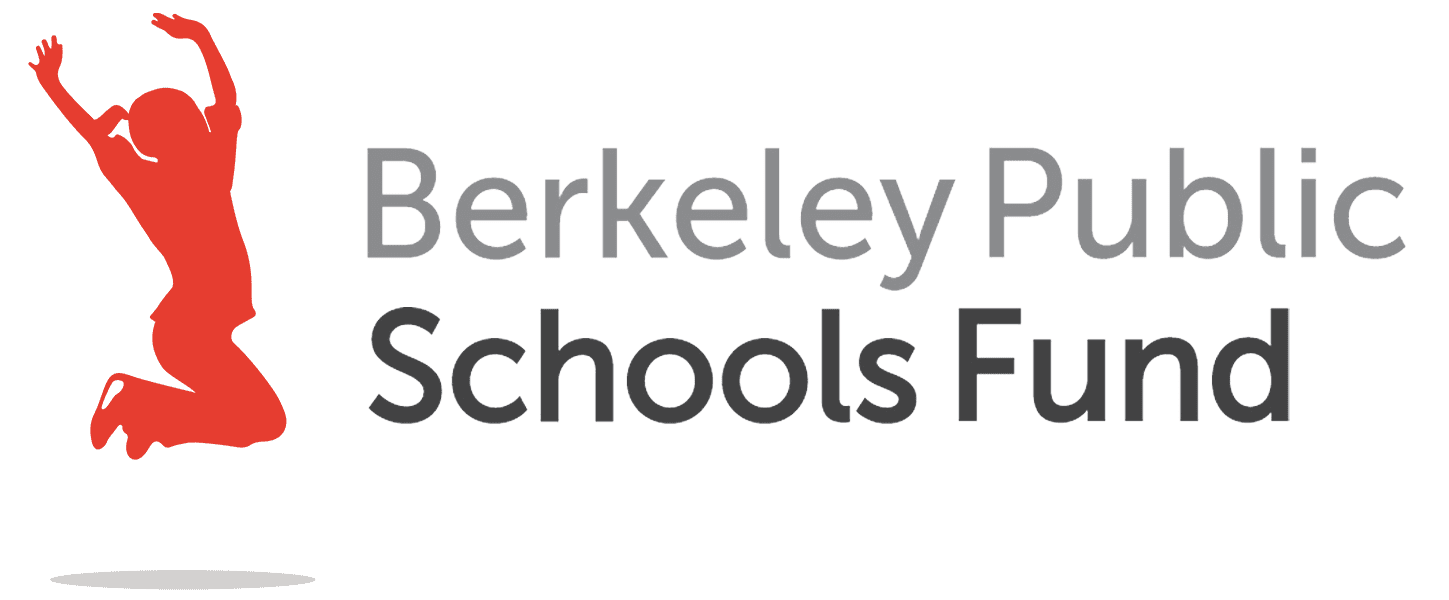Q & A with the Berkeley Times
Berkeley Times: How does the new mission relate to this challenging moment?
Erin Rhoades: Our Board realized a few years ago that we needed to focus our impact on educational equity. We were in the process of making that shift when the pandemic happened, so we were well-poised to pivot and meet the needs of students and families hit the hardest. And because the pandemic revealed so many needs that were pre-existing – like the digital divide – last year was a crash course for us in what it means to serve this District with an equity focus. At the end of the year, we adopted our new mission: To champion equitable public education for students, families, and our community.
So many amazing community members gave their time and money to help students and families last year. We sent a call to action out to the Berkeley community and the response was overwhelming– more than 700 community members joined our Berkeley Schools Volunteers program and almost the same number joined as new donors, helping us hit a fundraising record. With all this support, we were able to demonstrate what an equity-based response to the pandemic looks like and direct volunteer time and donor money to ensure that all students had access to their education when schools were closed.
Berkeley Times: How does it change the Schools Fund’s program?
Erin Rhoades: Schools are open, but our programs now function more like our pandemic response than what we were doing two years ago. Some families may not be facing the extreme hardships of last year, but at least thirty percent of our students still live at or below the poverty line.
We’re continuing to help the Office of Family Engagement and Equity with our Task Runners and the Ed Hub to make sure that resources are getting to students and their families. The Zoom Mentors program, developed during the pandemic to help struggling middle schoolers, is now a permanent feature of our programming. We still have our Classroom Volunteers and grant programs like before, but our grants are now focused on investing funds to improve outcomes for students who are furthest from opportunity.
Berkeley Times: How does it relate to BUSD’s work on the opportunity gap?
Erin Rhoades: We want to strengthen the District’s work on the opportunity gap. Both our volunteer and grant programs have been redesigned to contribute to systems change- through how we orient and engage our volunteers and through a grant process that now offers close collaboration with educators to develop and refine their proposals for maximum impact.
We’ve always described ourselves as having a “bird’s eye” view of the District and now we’re using that vantage to help nurture and invest in our students who need it the most. It’s overdue.
Thirty percent of students in our schools live at or below the poverty line. We’re asking the community to give- as volunteers or donors or both – to help us create a level playing field.


